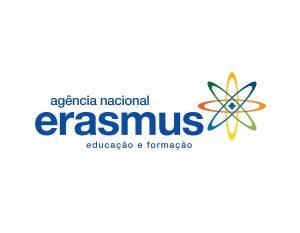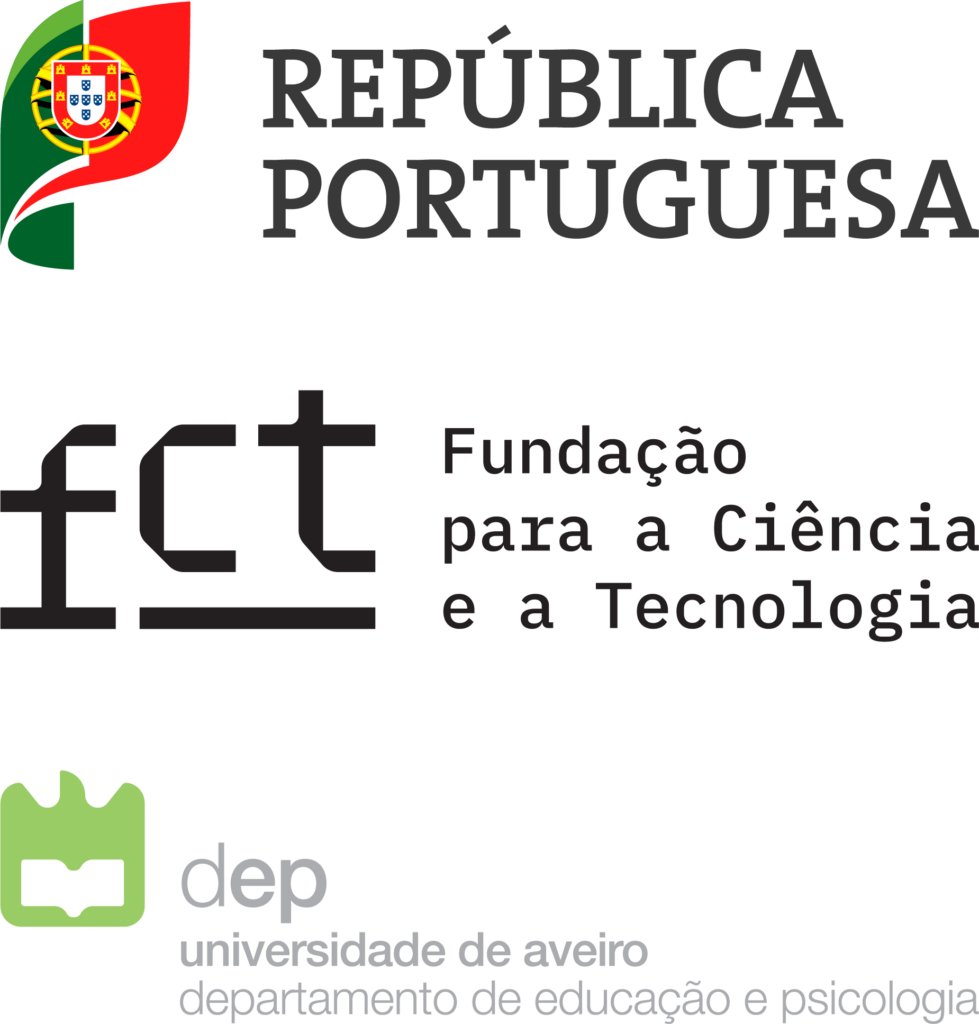 Foi financiado, ao abrigo das Parcerias Estratégicas do programa ERASMUS+, o projeto TangIn: Promoting inclusion and a STEM curriculum in schools through the use of tangible programming concepts and activities, cujo principal objetivo é a produção e partilha de um conjunto de recursos educativos para a promoção e apoio ao uso de ferramentas e conceitos de programação tangível em estreita ligação com conteúdos das áreas de CTEM (Ciências, Tecnologia, Engenharia e Matemática), assim como fomentar a promoção da inclusão nos alunos.
Foi financiado, ao abrigo das Parcerias Estratégicas do programa ERASMUS+, o projeto TangIn: Promoting inclusion and a STEM curriculum in schools through the use of tangible programming concepts and activities, cujo principal objetivo é a produção e partilha de um conjunto de recursos educativos para a promoção e apoio ao uso de ferramentas e conceitos de programação tangível em estreita ligação com conteúdos das áreas de CTEM (Ciências, Tecnologia, Engenharia e Matemática), assim como fomentar a promoção da inclusão nos alunos.
Da equipa do CIDTFF fazem parte as investigadoras Maria José Loureiro e Isabel Cabrita (ccTICua) e Cecília Guerra (investigadora em pós-doutoramento do Lab_SuA – Laboratório de Supervisão e Avaliação). Cabe a esta equipa aferir a qualidade/avaliação do projeto, nos contextos reais de aprendizagem, nomeadamente, no que se refere aos guiões de trabalho à implementação e aos impactos e resultados atingidos.
O projeto, cujo Investigador Responsável é João Queiroz (Carreira & Alegre) Lda., envolve seis parceiros nacionais e internacionais:
- Agrupamento de Escolas da Murtosa (Portugal);
- Valmieras Pargaujas sakumskola (Letónia);
- Colegio Santa Elena, (Espanha);
- SDRUDZENIE ZNAM I MOGA (Bulgária);
- Universidade de Aveiro (Portugal);
- INOVA+ (Portugal).
Teve início em setembro de 2017 e decorre até ao final de agosto de 2019, contando com um financiamento global de cerca de 205 mil euros.
Resumo:
STEM skilled labour force has been in high-demand in Europe. This trend is expected to raise due to current and future consolidation and expansion to the physical world of more automation and digital technologies. According to the EC Digital Single Market (https://ec.europa.eu/digital-single-market/en/coding-21st-century-skill, EU will have up to 825.000 ICT job vacancies by 2020 difficult to fill due to the shortage of skilled labour force. Basic coding skills are also needed, as more than 90% of today’s professional occupations do require digital competences, including programming. A few years ago, 58% of EU employers stated that ICT curricula needed to be much stronger, even at primary/secondary levels, to ensure that ICT skills needs are met in the future (Kolding et al., 2009). On top of this, women are underrepresented in STEM-based occupations (Burchell et al. 2014 – women account for just 24 % of science and engineering professionals).
Therefore, even if not everybody is expected to be either an engineer or a programmer, the ability to reason and understand tools and language of this fast-paced information era is critical for self-determination of an individual in the future society. The command of digital tools and programming skills/concepts, as well as critical reasoning skills, should be considered an “universal language”, as they will be part of the XXI century literacy skills. TangIn strongly believes that education is the cornerstone for responsible citizens and an inclusive and prosperous society. If we expect children to have equal opportunities and fulfil their potential in the future society, school curricula should focus more on this future (current) challenges and tackle them early on.
To address these challenges, TangIn aims to produce and deliver a set of educational resources and materials to promote and support the effective use of tangible programming tools and concepts by teachers in daily classrooms (at primary level schools) while teaching STEM-based subjects. These resources will enable teachers of introducing tangible programming concepts and STEM-based subjects, to young students, in a fun, engaging, pedagogical and inclusive way. Tangible programming is a language similar to text or visual programming languages, but instead of using words/pictures on a computer screen, it uses physical objects to represent different programming elements, commands, and flow-of-control structures.
There are several advantages of using this innovative approach in educational contexts. By using tangible programming tools and concepts, an interface can emerge in a way that, according to Sapounidis et al. (2012), is more familiar to children and has a positive impact on user enjoyment, facilitates accessibility and is more natural and appropriate for collaborative activities. Resnick (2003) also states that using tangible programing tools and concepts allows children to participate in interactions and negotiations as they play to learn and learn how to play.
Adding to the tangible programming, ICT and STEM skills, TangIn educational materials will also promote the development of invaluable soft skills in young students, such as teamwork, troubleshooting and critical thinking, through the development of activities that consist on using tangible programming tools to collaboratively solve problems.
Furthermore, Blikstein et al. (2016) refers that as tangible programming enables users to get comfortable with the tools without asking for too much support, students can get started and engaged with almost no instruction. This fact becomes of importance as tools requiring too much initial on-board teachers support often have the unintended consequence of disengaging students (especially youngsters) if they fail to get the simplest operations done (Blikstein et al., 2016).




